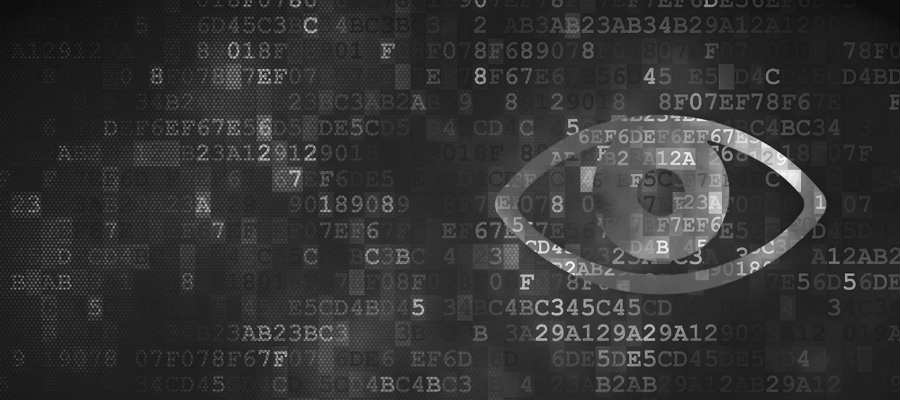Exclusive details of India’s surveillance system ‘NETRA’
 Two news developments in last few days have been significant with regard to India’s cyber warfare capabilities. Home Minister Sushil Kumar Shinde on December 15 urged the IT professionals of Bangalore to join the National Intelligence Grid (NATGRID) team. On December 16, a newspaper report based on a Telecom Department note revealed that the Indian government was ready to launch a spy system for internet surveillance.
Two news developments in last few days have been significant with regard to India’s cyber warfare capabilities. Home Minister Sushil Kumar Shinde on December 15 urged the IT professionals of Bangalore to join the National Intelligence Grid (NATGRID) team. On December 16, a newspaper report based on a Telecom Department note revealed that the Indian government was ready to launch a spy system for internet surveillance.Canary Trap brings you exclusive and never known before details about this super secret project.
Nearly 24 months ago the Government of India embarked on an ambitious development of an integrated cyber warfare platform to counter the enormous threats and real-time challenges mounted by the elite Chinese Cyber Command housed in the Peoples Liberation Army, General Staff Department — Third & Fourth.
The Indian initiative to counter Chinese cyber warfare is being led by Centre for Artificial Intelligence and Robotics, Bangalore and CERT-In (Computer Emergency Response Team, India) located within the Department of Electronics & Information Technology in the Ministry of Communications & Information Technology, Delhi. Over 200 scientists from CERT-In, CAIR and several bright Indian techie consultants have been working to for two years to set up the Indian Cyber Warfare Command, called the ‘NETRA’.
This system, besides tracking voice traffic from softwares such as Skype and Google Talk, will also detect content based on keywords (eg: attack, blast, bomb) within seconds from social networks (eg: twitter, Facebook), emails, instant messagaing, blogs and forums among others.
In the past, various of kinds of surveillance platforms have been talked about in public domain, such as NATGRID and CMS (Central Monitoring System). But what holds all of this together is NETRA. Indian techies who broke down the Stuxnet Virus code and several techies from the IT sector in Bangalore were motivated to join this national effort.
So while Indian cyber warfare platform is certainly something to cheer about because it rivals the best platforms available in the world today, the fact is like most such endeavours, even this effort was allegedly used or abused by unscrupulous politicians and corporate leaders.
Even as India’s best and brightest set about setting up complex complicated interception and surveillance systems, the government reached out to select corporate entities to garner funds for this project. In the process, the UPA-II government, compelled by its falling political fortunes, used the same system being built for India’s cyber warfare to allegedly snoop on political rivals. Soon certain fat-cat corporates who survive on crony capitalism used the same system for over two years to collect corporate intelligence.
So much so that a particular influential politician in the UPA-II government allegedly traded surveillance information to make money. In fact, some individuals in an Opposition party, scared by the tremendous rise of a state politician in their party, used the same surveillance mechanism being developed by patriotic Indian techies to keep an eye on this meteorically rising politician.
However, apart from this corruption and abuse of the Indian Cyber Warfare platform, the basic architecture of the Cyber Warfare Command is in place and ready to be deployed by the end of December 2013. This command will finally be housed in a new high security zone within a Border Security Force facility at Yelahanka, Bangalore.